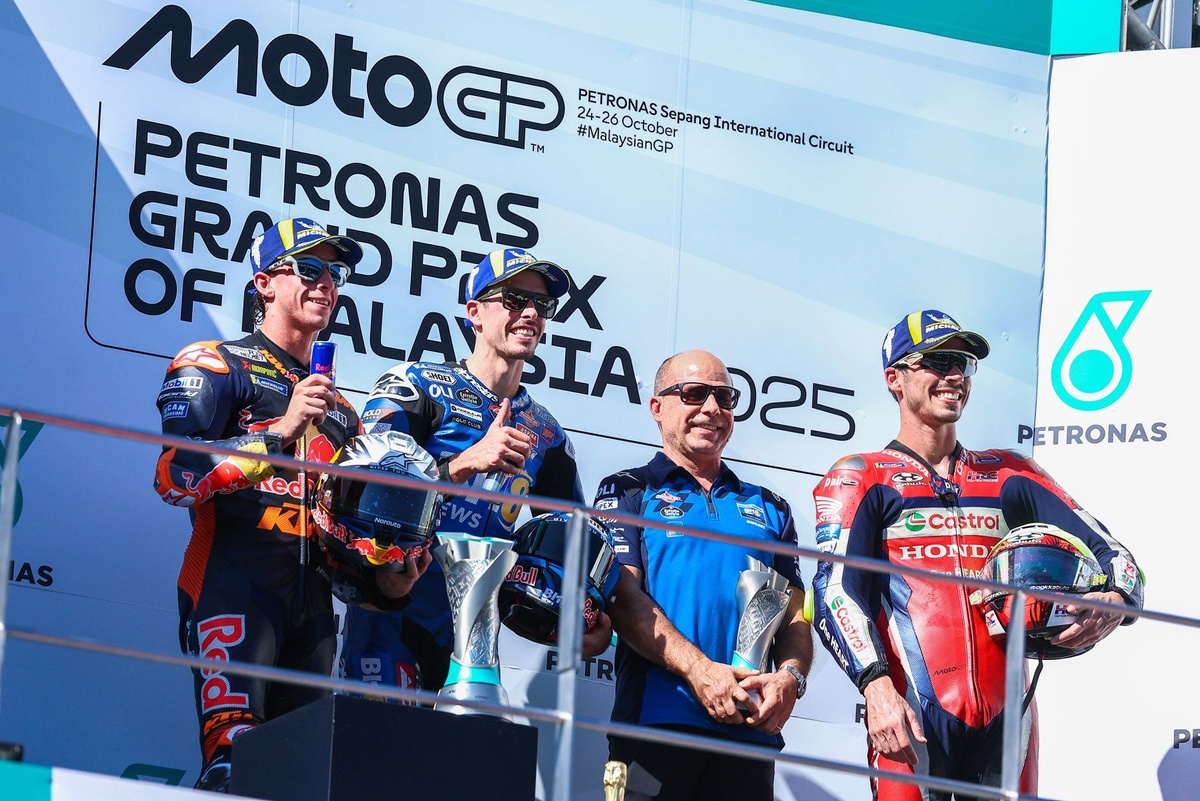
The Malaysian Grand Prix saw Alex Marquez rise to the front on his Gresini Ducati, just days after his brother Marc Marquez announced his decision to skip the remainder of the MotoGP season to recover from a shoulder injury.
With the temperature rising on Sunday and the gap between soft and medium tyres bigger than expected, the race delivered plenty of surprises - even if the battle for victory was essentially settled on the second lap.
Winner: Alex Marquez
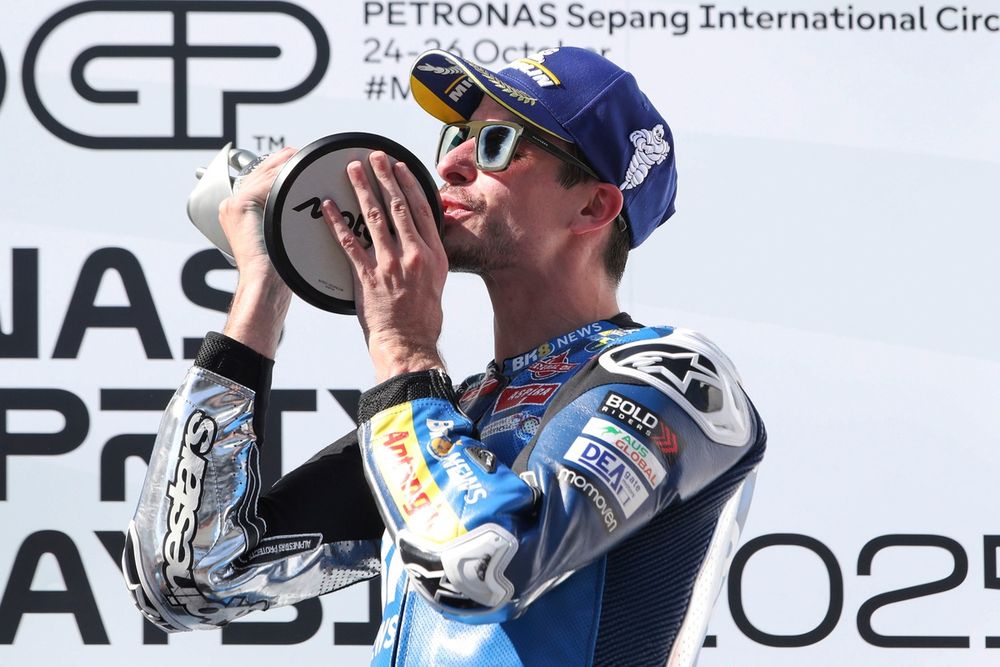
Alex Marquez was the favourite coming into the Sepang weekend and he delivered the goods to chalk up his third grand prix victory of the season. The Spaniard secured the runner-up spot in the standings on Saturday with a gritty ride to second place behind Francesco Bagnaia, lifting a massive weight off his shoulders.
Freed from championship pressure, Marquez was finally able to ride aggressively on Sunday - and aggressive he was. After briefly losing a place to Pedro Acosta at the start, he immediately retaliated to reclaim the position, then refused to let Bagnaia escape at the front, pulling off a brave move to take the lead on lap two.
From there on, it was a case of controlling the tyres and managing the pace up front, as Bagnaia and Acosta tussled for position. By the time Acosta had cleared Bagnaia, Marquez was long gone.
It was a perfect showcase for the 29-year-old, who is thriving on what is undoubtedly the most competitive bike he has ever ridden in MotoGP. With the pressure of the championship now off his back, Marquez looks poised to be a major threat in the final two rounds of the year.
Loser: Fermin Aldeguer
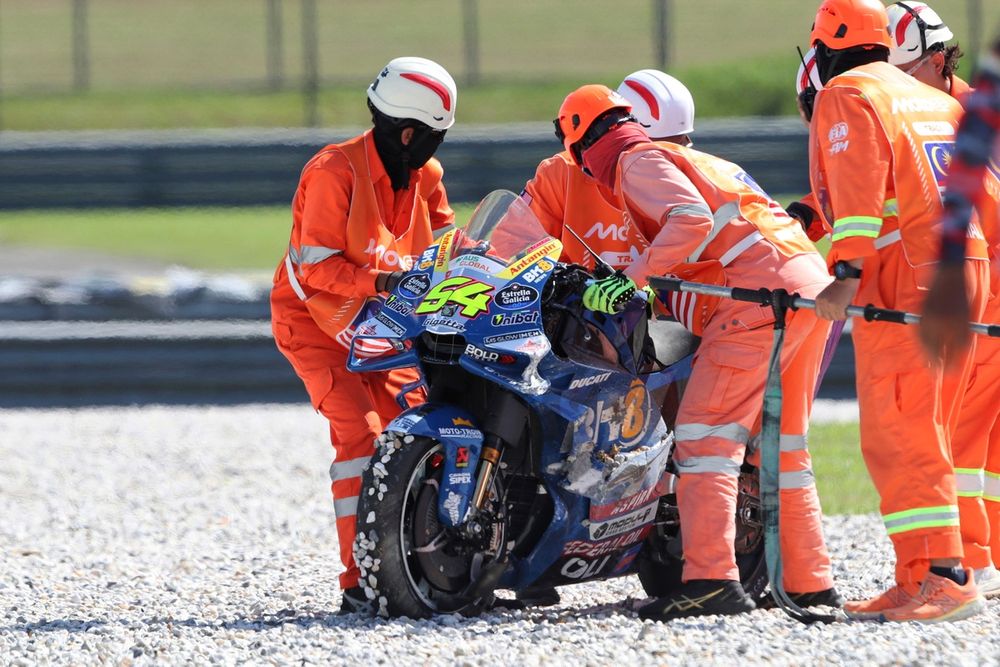
Fermin Aldeguer sealed the rookie of the year title in Malaysia, but the weekend ultimately represented a massive missed opportunity for the 20-year-old.
Missing out on a direct Q2 entry on Friday was excusable given the late drama that disrupted practice. His first crash in Q1? Again, excusable in an ultra-competitive session packed with three Ducatis and four Aprilias. Even the pit-lane shunt that followed a rushed return to the garage could be forgiven. But together, these setbacks left him only sixth on the grid - on his second bike - with a lap time slower than his Q1 effort.
A charging ride to third on Saturday was undone by a tyre pressure penalty, leaving him just seventh at the finish.
He was still considered by many as the dark horse for Sunday, but the expected challenge never materialised as he remained mired in the lower regions of the top 10. After saving a crash at Turn 9, Aldeguer tumbled out of the race at the final corner with five laps to go.
Winner: KTM
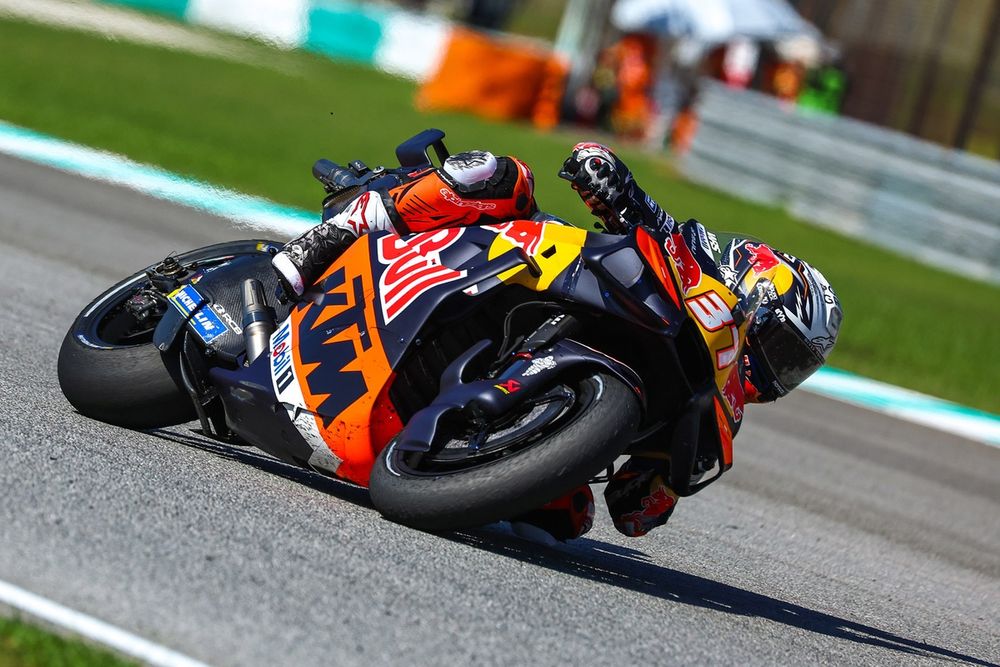
Considering what we witnessed in practice and the sprint, the Malaysian GP should have been an absolute disaster for the tyre-shredding KTM. The soft compound was too soft for the long race, while the medium simply didn’t offer enough grip to be competitive. Either way, the Austrian bikes seemed doomed to fade before the finish or lack the pace to fight up front.
And yet, Acosta clung to Bagnaia through the opening half of the race, pounced when the Italian’s pace dipped due to a puncture on lap 13, and held on to second - all on the soft compound. A brave decision to “remove all the controls” from the bike helped him manage tyres purely by feel, as he racked up a fourth podium in the last nine grands prix.
But while one has come to expect Acosta to outperform the bike every weekend, even KTM’s other riders found unexpected form. Both Enea Bastianini and Brad Binder were able to bounce back from a difficult run of races to finish inside the top 10. Considering they had started the race from 19th and 18th respectively, their recovery rides were nothing short of exceptional
Even Pol Espargaro could have joined them had it not been for an early crash.
Loser: Aprilia
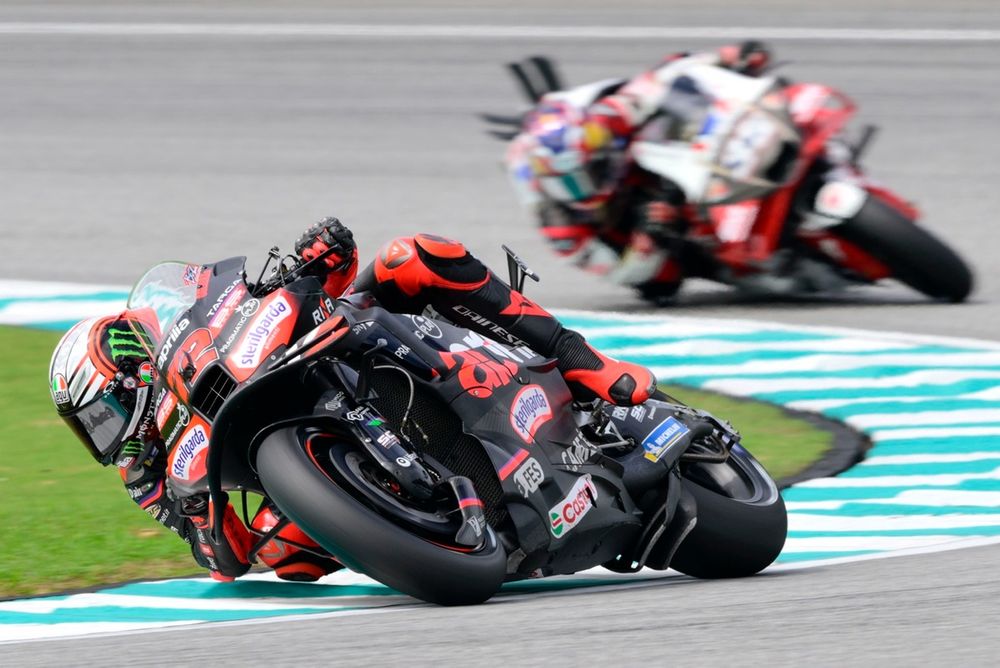
Aprilia’s dominant run across Indonesia and Australia suggested that it had finally developed a versatile bike that could perform at every track. But the Malaysian weekend illustrated it still has plenty to do before it can become a consistent challenger to Ducati.
It’s important to note that the conditions at Sepang were quite different from normal. On Friday and Saturday, the temperature was lower than usual, with sporadic rain adding to the unpredictability. Then, the main race itself on Sunday took place before Moto2 - and hence without the usual rubber/debris left by the intermediate class bikes. Marco Bezzecchi was also unable to showcase his full potential, having gambled on the less-favoured medium tyre after the mercury suddenly rose on Sunday.
However, even with all the caveats attached, this was still one of the toughest weekends of the season for Aprilia. The Italian manufacturer couldn’t even get a single bike inside Q2, while on Sunday its best runner (Ai Ogura) was 10th - almost 20s down on Marquez. Australia winner Raul Fernandez crashed out of 14th place, further compounding its weekend. In fact, it’s fair to say Aprilia was the slowest of the five manufacturers, as KTM, Honda and even Yamaha with Fabio Quartararo appeared stronger than the Noale marque.
Winner: Francesco Bagnaia
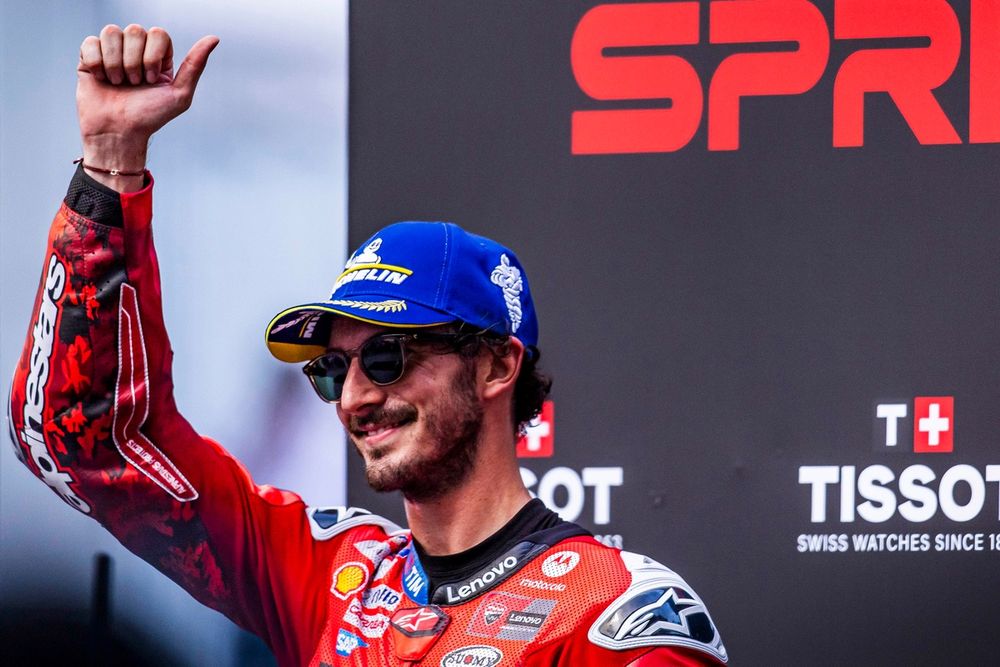
Bagnaia’s wild performance swings continued in Malaysia and he is still far from getting comfortable with a bike that has left him puzzled since the start of the year. But the double MotoGP champion has shown that he can still be competitive even when the Ducati isn’t working to his liking - and that’s a significant step forward.
Under pressure in Q1, Bagnaia delivered when it mattered to secure a spot in Q2, where he pieced together a brilliant lap to claim an unlikely pole position. In the sprint, he was rapid from the beginning, knowing that dropping even a single position could expose him to the same issues that plagued him while racing in a pack at previous rounds.
On Sunday, he held his own against Acosta - and the revelation that he suffered the puncture on lap 12 - and not 17 when he retired - makes his performance all the more impressive. It’s hard to say how he would have fared on the more durable medium rubber in the final laps, given all other riders struggled on that compound.
Regardless, both Bagnaia and Ducati took an important step toward understanding their long-running issues, even if a few questions still remain unanswered.
Loser: Yamaha’s V4 project
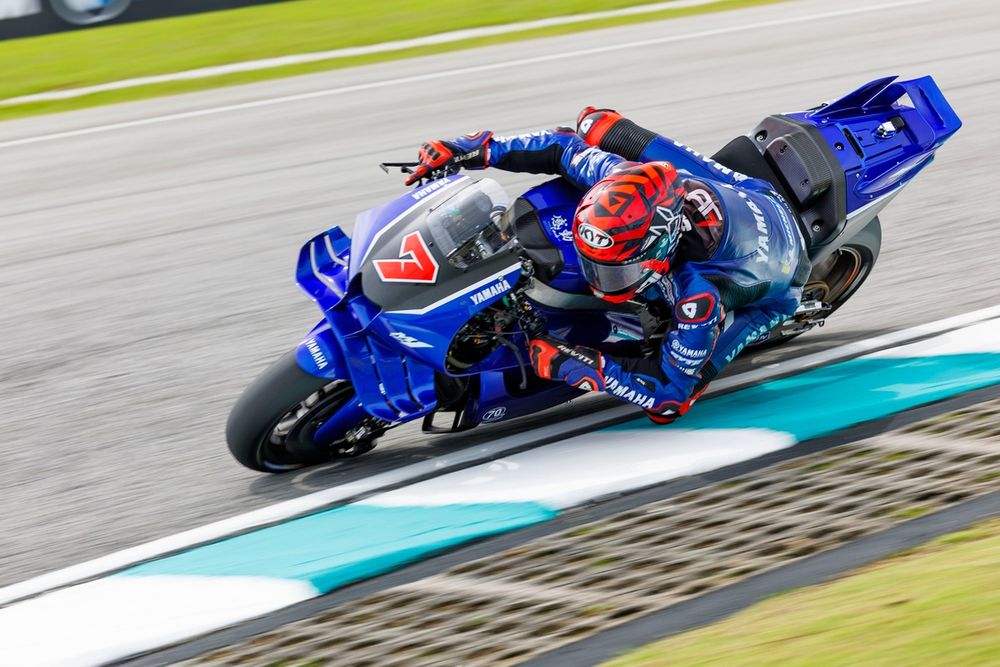
After its public debut and wildcard outing at Misano, Yamaha’s new V4 prototype returned for another test run at Sepang - a last-minute entry aimed at accelerating the development of the bike ahead of its expected 2026 debut.
But from the very beginning of the weekend, something felt off about its plan. While there were some minor upgrades on the bike, Yamaha chose to run the engine in ‘safe mode’ to prioritise reliability over outright performance. Granted, the Sepang appearance was more than just about testing the engine, as Yamaha has built an entirely new bike around the V4, the decision was always going to compromise it on the track’s long straights.
Finishing more than two seconds off the pace in every session, test rider Augusto Fernandez couldn’t help but think how easier his task would have been if he had more power. The Misano test was bad enough (compared to private testing), but the Spaniard felt the feeling on the bike was even worse at Sepang.
Engine issues aside, Yamaha is still struggling to establish a strong base for the bike, and it has its work cut out before the next tests in Aragon and Valencia.







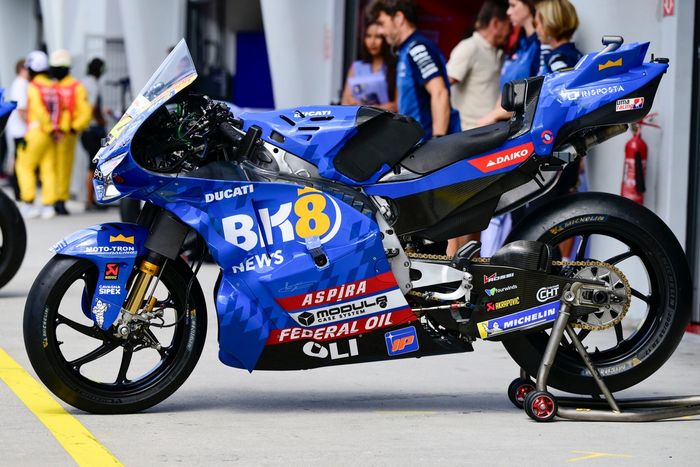


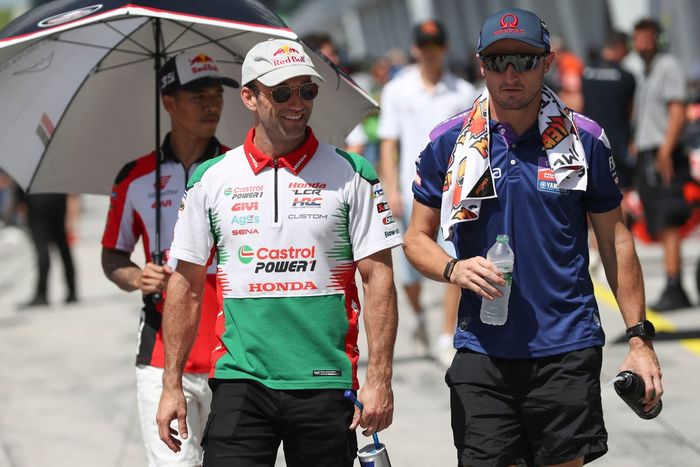
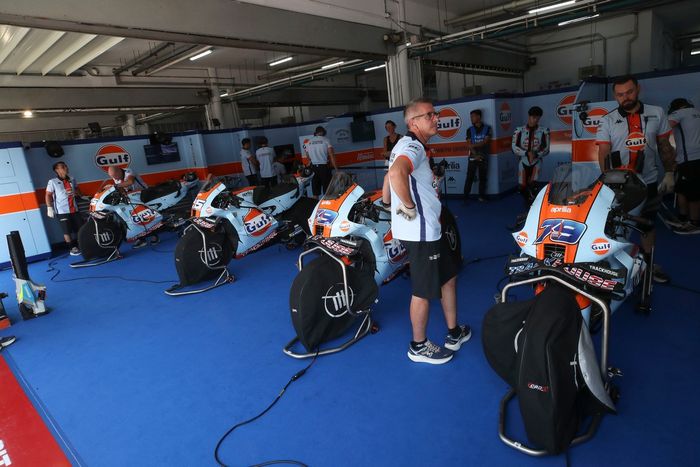

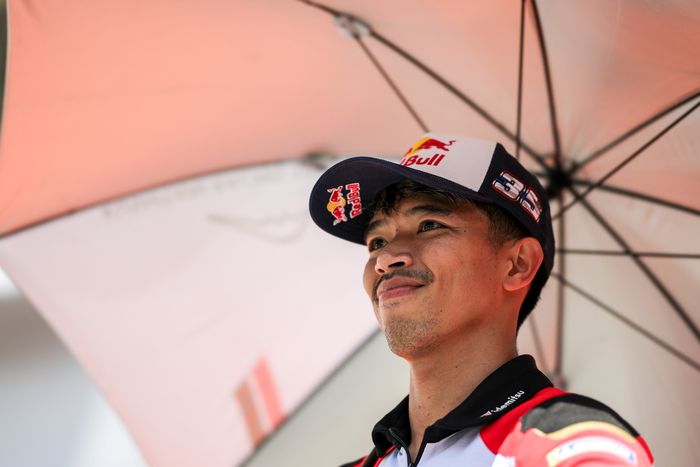
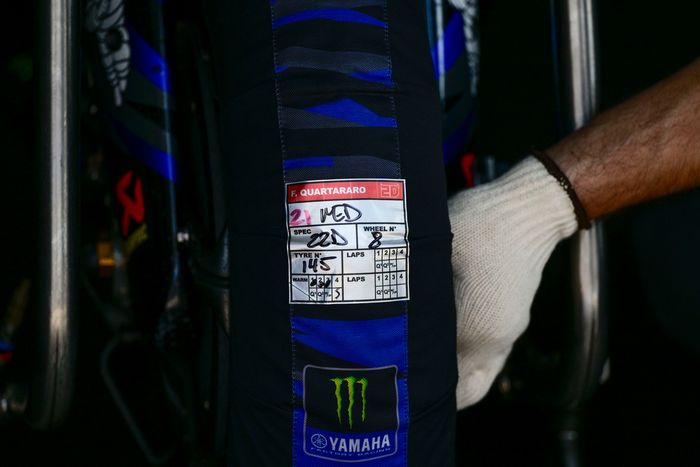






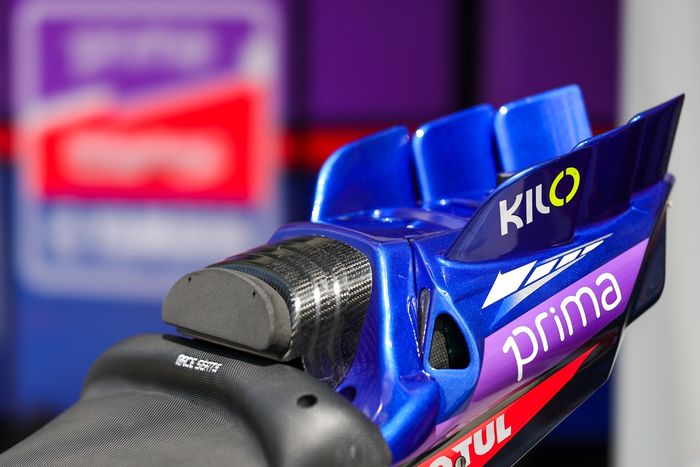










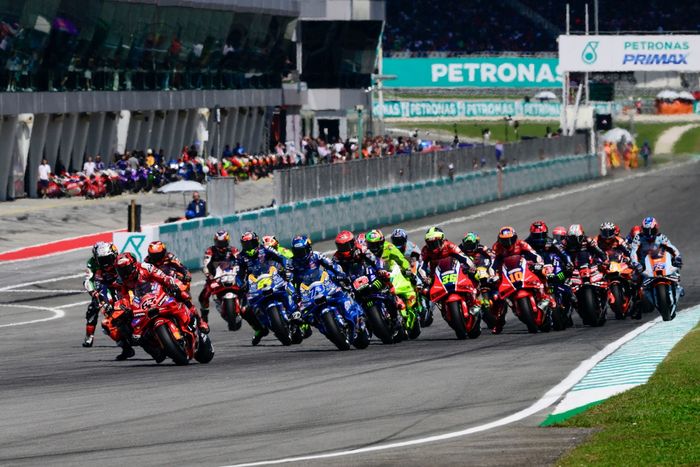




















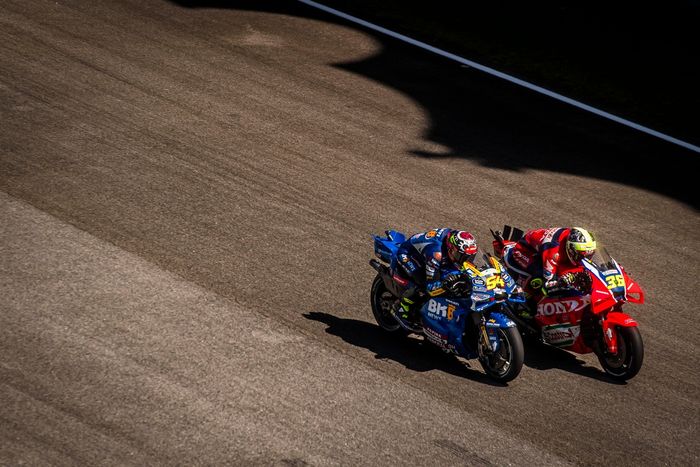








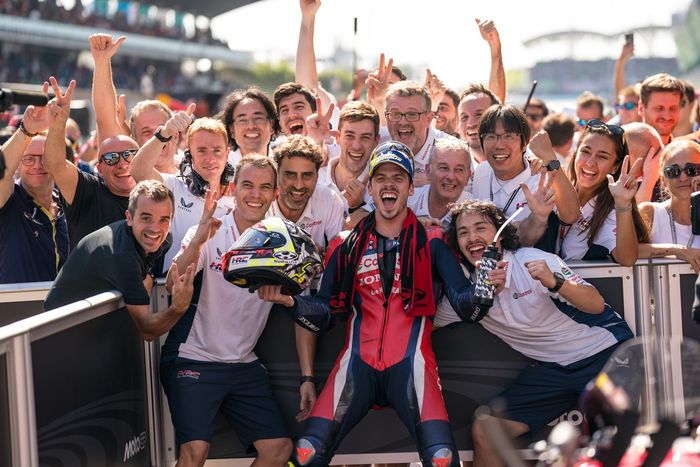












Read and post comments